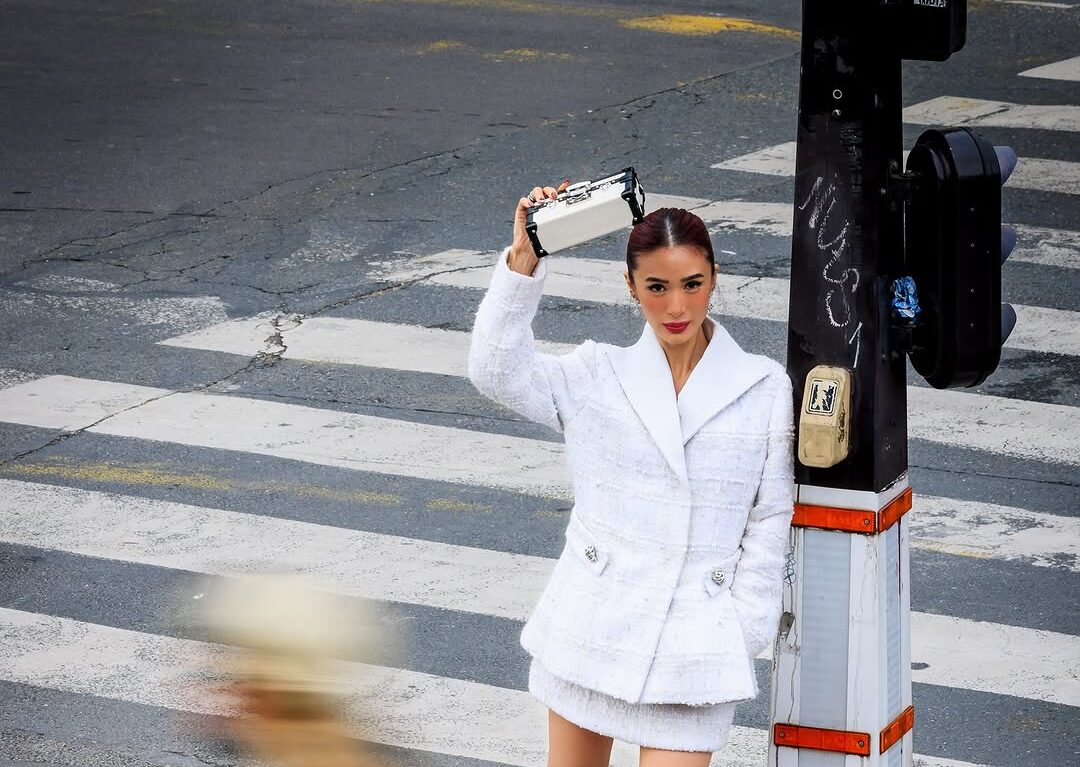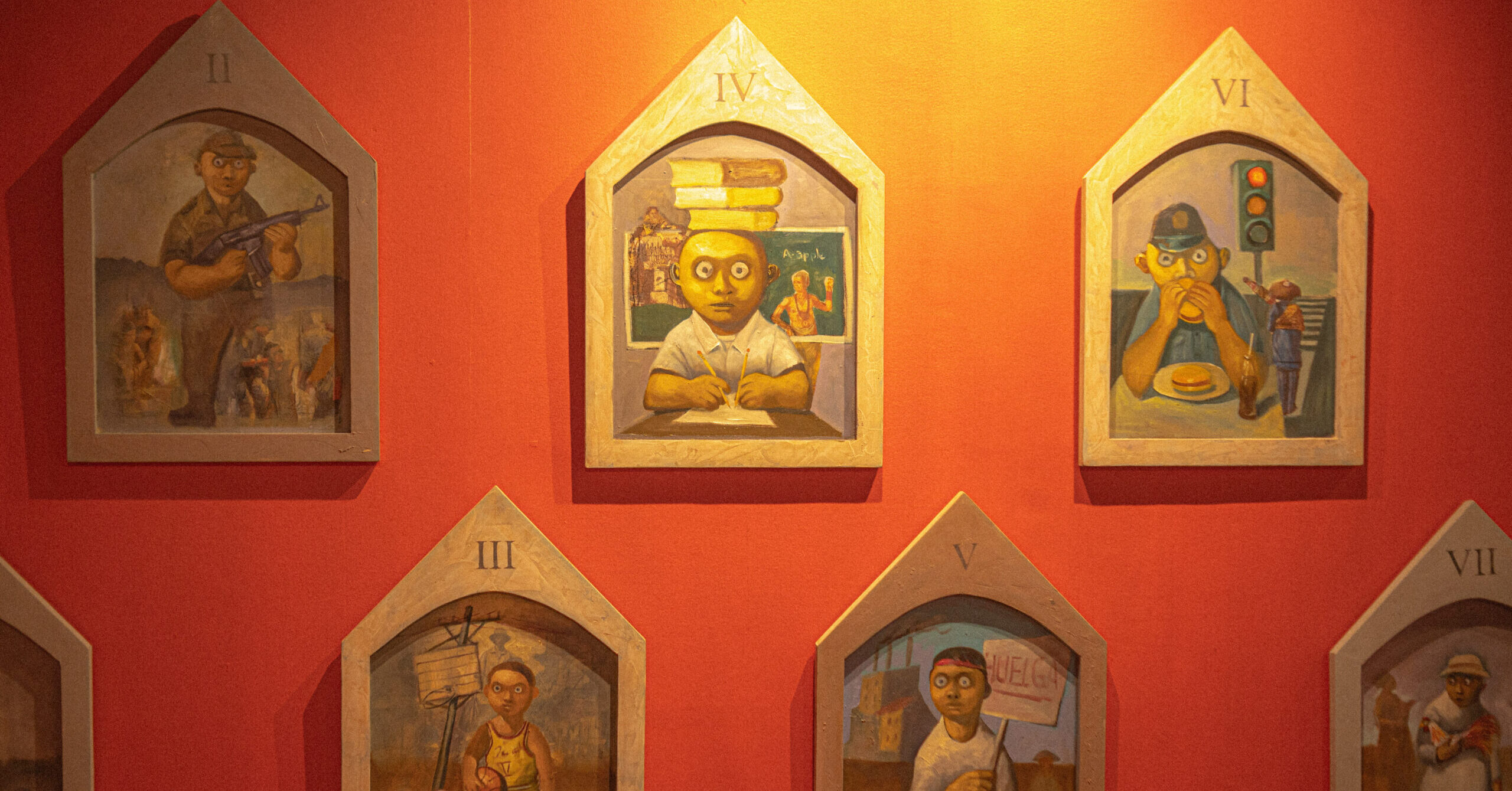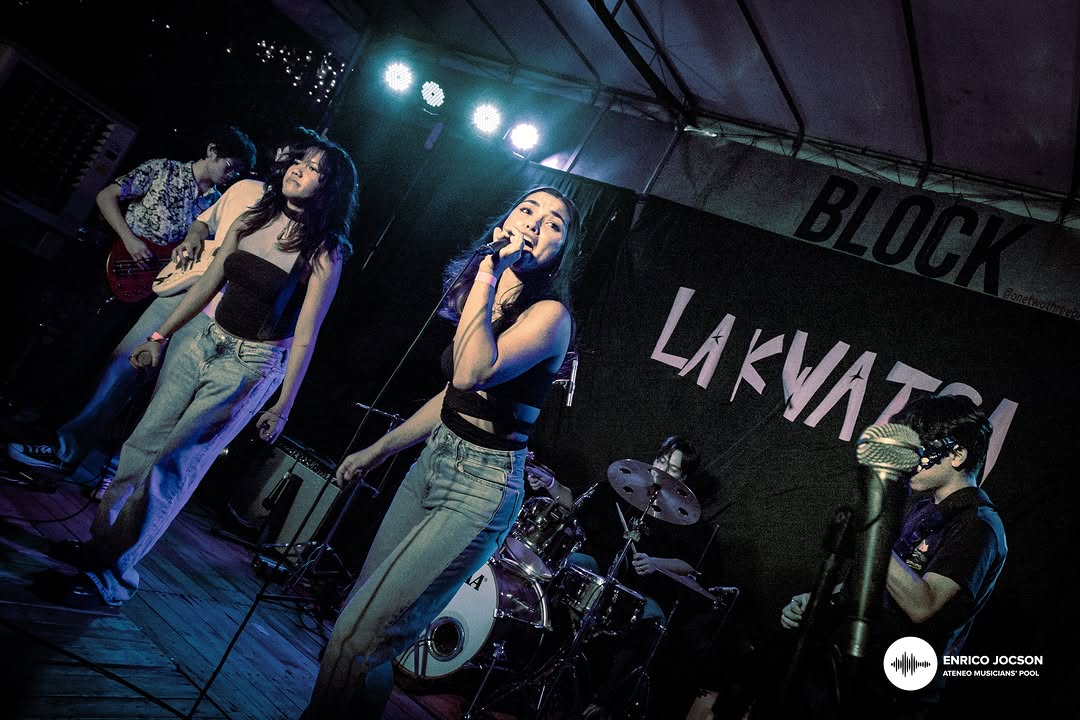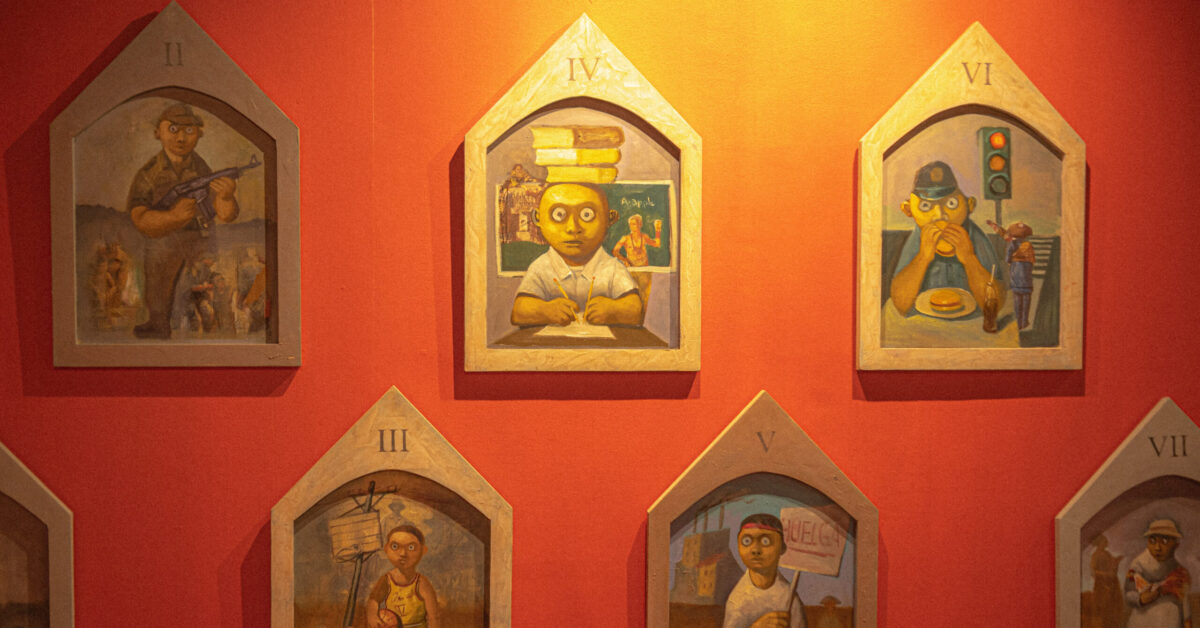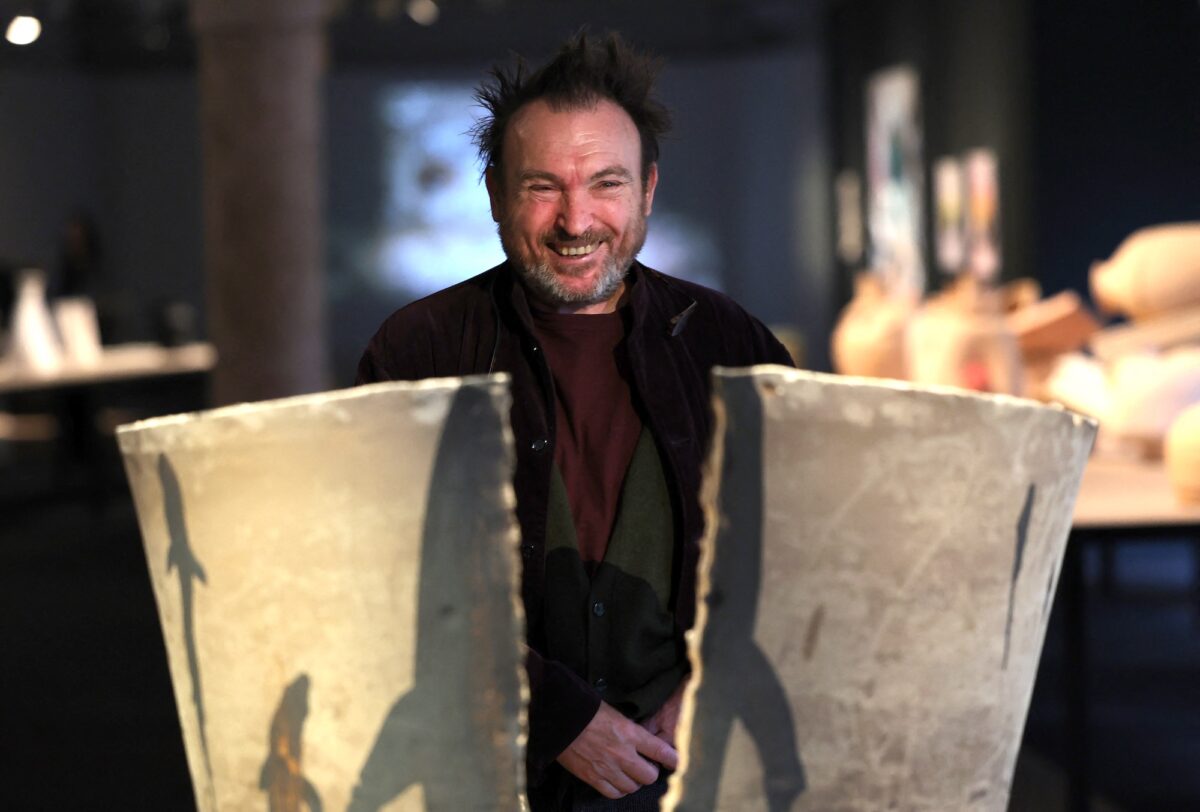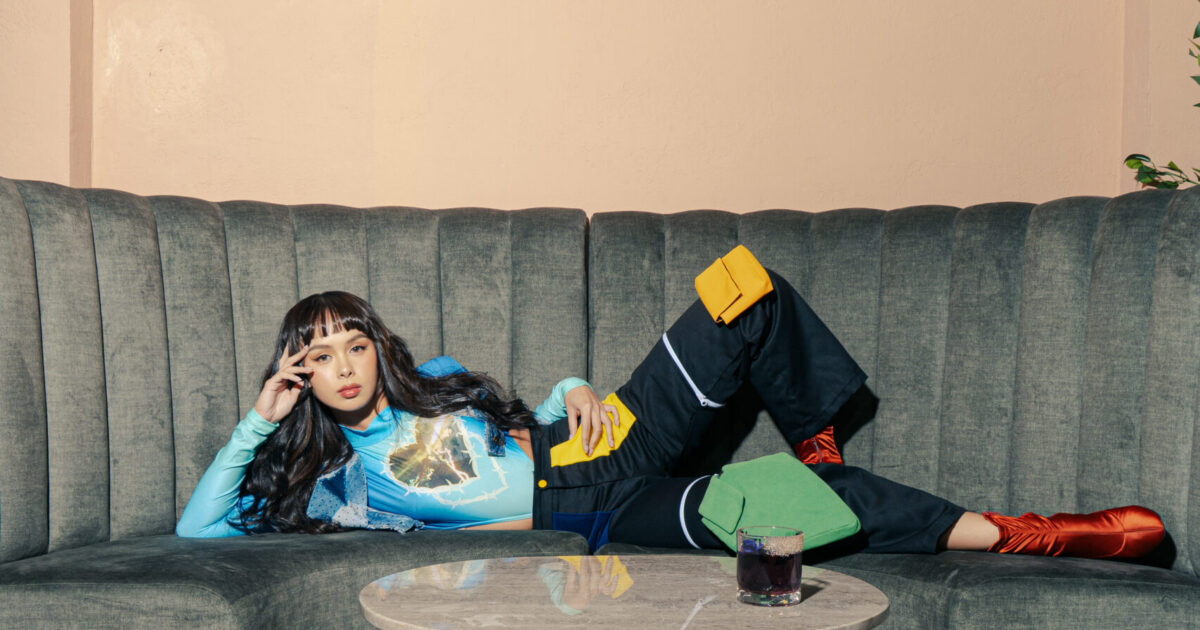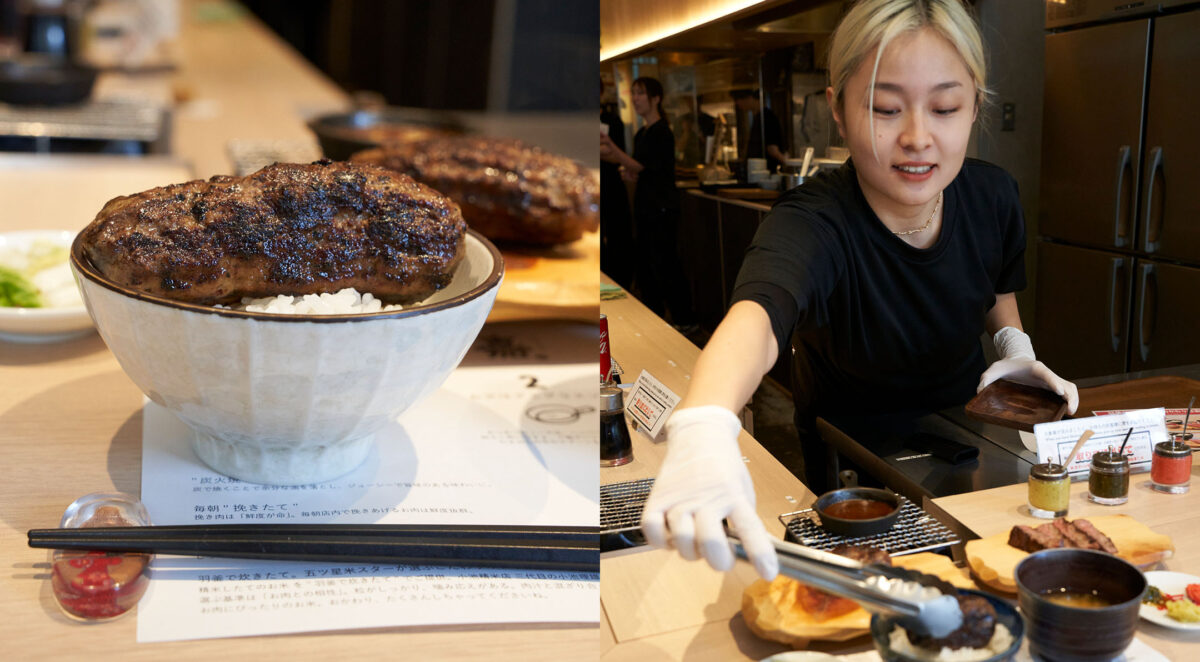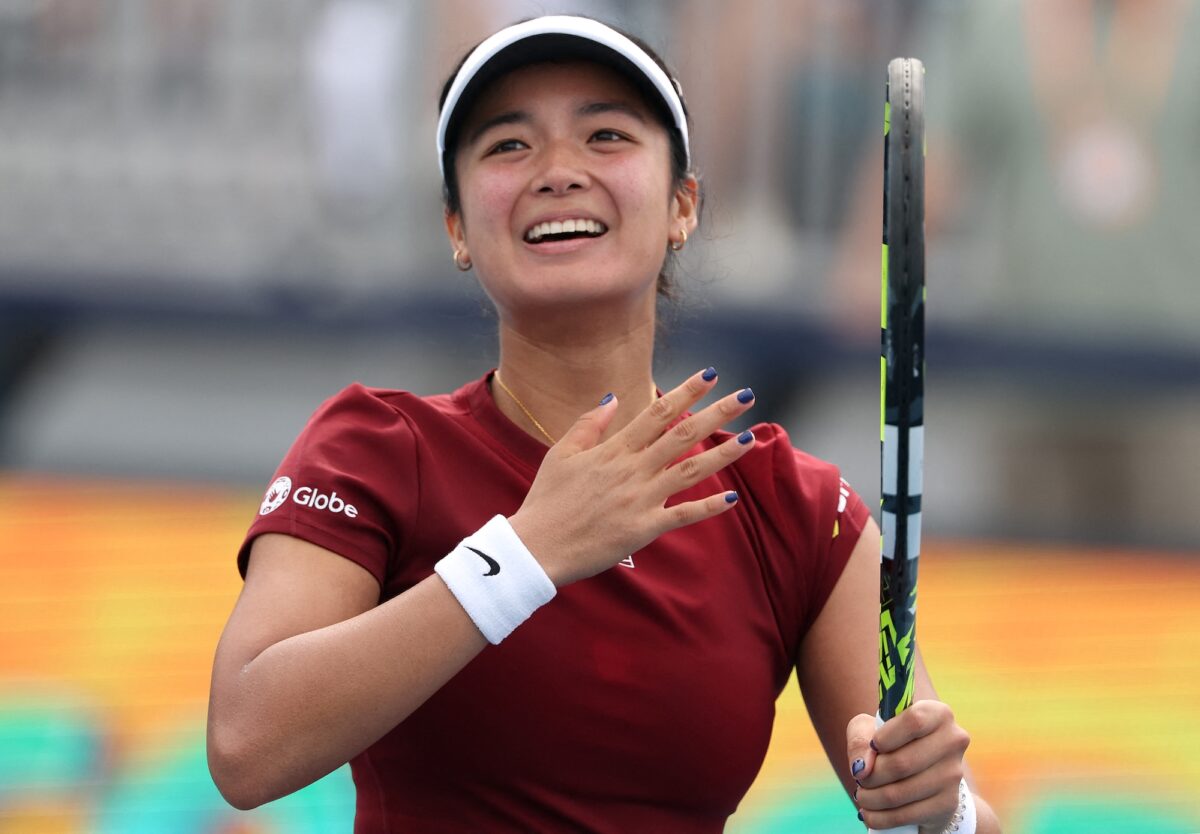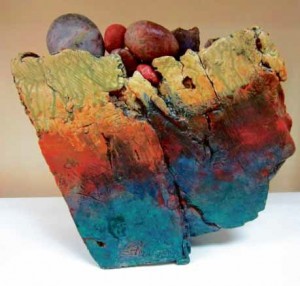
Nelfa Querubin (b.1941) takes her clay works to their maximum potential as she creates objects rich in color and texture formed into various shapes and sizes.
Contoured, stretched, twirled and pressed, clay comes alive under this master clay artist’s dexterous hands as she produces a collection of some of the most fascinating objects seen in this medium.
Querubin is one of the country’s pioneers in ceramic and clay art, whose passion began in 1973 when clay works were not yet recognized as fine art. She discovered and loved the medium just soon after making a mark in printmaking, preferring the tactile qualities and unpredictability of this pliable material.
Practically a self-taught artist, Querubin’s unrelenting prolific artistic pursuits has gained her the 1980 Cultural Center of the Philippines Thirteen Artists Award in recognition for her contribution to the indigenous movement in Philippine contemporary art.
Hailing from Miagao, Iloilo, she moved to the US in 1985 where she now lives and works with her husband in Golden, Colorado, an idyllic place that lies at the foot of the Rocky Mountains.
Today, she comes home to showcase her impressive collection which speaks of her passion toward this versatile medium. The works are on view in three venues: Liongoren Gallery (until April 16), Izukan Gallery (until April 28), and Ayala Museum (until April 28).
Otherworldly character
Querubin’s creations of functional and sculptural pottery—vessels, table-top sculpture, tea sets, plates—all seem to take on an otherworldly character as she applies color and texture on abstracted forms that display her brave experimentations on the medium.
Querubin takes inspiration from nature: “Colorado has gorgeous landscape scenery: the changing season, the fantastic rock formation with exquisite texture and color of different kind. Those are the texture and form in my works. My love of rocks, water and nature, I found it here abundantly.”
The colorful rocky terrain of her environment is echoed in a number of works such as “Purple Summit” and “Harvest” at Liongoren Gallery; “Holding Together,” “Open Vessel,” “ Arctic Formation,” “Porcelain Carved” at Izukan Gallery; and “Desertscape” and “Orb” at Ayala Museum—where layers of various color and texture come off like a cross-section of the interior structure of the earth.
Her usual use of color is reminiscent of her early works in printmaking (Ayala Museum exhibition)—bright oranges against cool blues on a field of earthy tones and texture that mimic the organic qualities of nature.
Querubin’s enthusiasm for the medium has motivated her to formulate her own clay bodies and glazes, fashion her own tools, and construct her own kiln.
Experimental methods
Her experimental methods help her to create various designs as she applies a range of techniques and firing applied to various substances mixed in with the clay—sometimes firing several times just to meet her aesthetic requirements.
“Harvest” is a circular thick plate, its upper section, filled with abstract layers of multicolored lines and forms, has been applied with mason stains, colored glazes, lichen glaze, and fired high in both gas and electric.
“Purple Summit”—an abstract piece in porcelain, carved and under-glazed and iron-glazed, using mason stain, and fired high in electric—recalls the rugged mountainous terrain of her home and the orange sunset sky above its peak.
A colorful and playful sculptural composition, “Holding Together” finds a solid base of “rock formation” in layers of bright cerulean-blue, burnt orange and yellow ochre that nest balls like eggs, in varying sizes and color, call to mind eagle’s nests high above the mountains.
Ceramic pottery is not complete without the ubiquitous tea set. At Izukan, Querubin displays a few sets that emphasize her unique approach to this medium.
“Fish Teacup with 2 Cups,” glazed and mottled in shades of green, contain the patterns of fish bone imprints that give the pieces a unique and imaginative playful character.
Rustic charm
The coil method, formed and shaped like rope, is twirled to form “Intimate Teapot,” a set in shades of earthy green, as a twine handle adds to its crude and rustic charm.
At Ayala, Querubin’s collection takes on the charm of antiquity and the natural earthiness of clay, such as “Desertscape,” a piece created with rocklike texture subtly colored in various shades.
“Mini Vessel” echoes primitive earthenware complete with roughly etched lines and figures on its surface.
The Ayala show also displays Querubin’s prints from the early ’70s, where she has left an indelible mark.
A self-taught artist, Querubin has boundless creative energy. Her show at Liongoren exhibits her love for the written word, such as in her second book, “Peace and Joy,” an intimate account of her spiritual journey that contains images of the paintings also found in the exhibition.
Clay’s versatile characteristics used in forming functional or purely sculptural purposes are still being explored through unending experimentations by other clay artists. Querubin’s pioneering spirit and quest for artistic excellence has no doubt contributed to its development as a fine art today.


